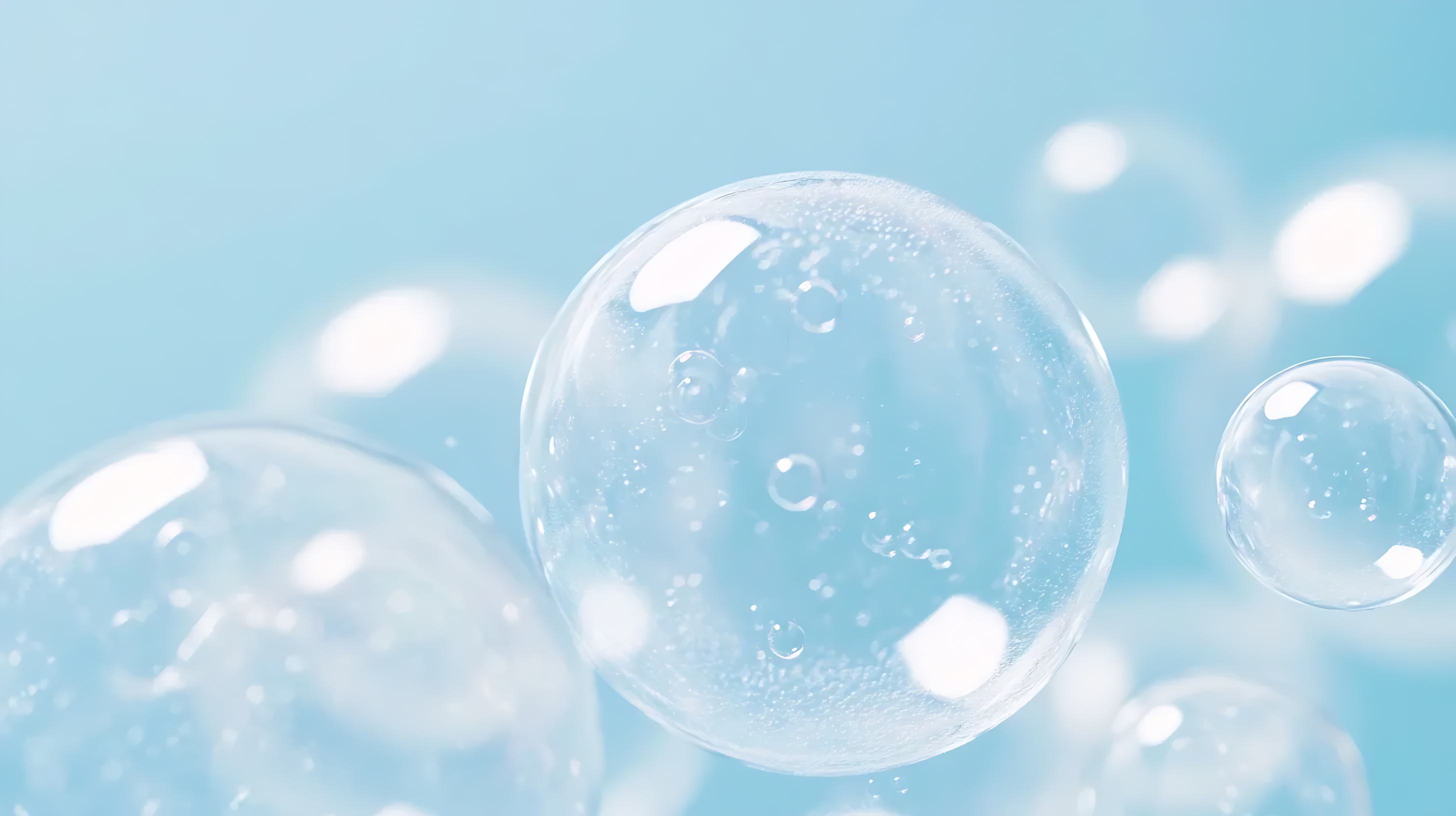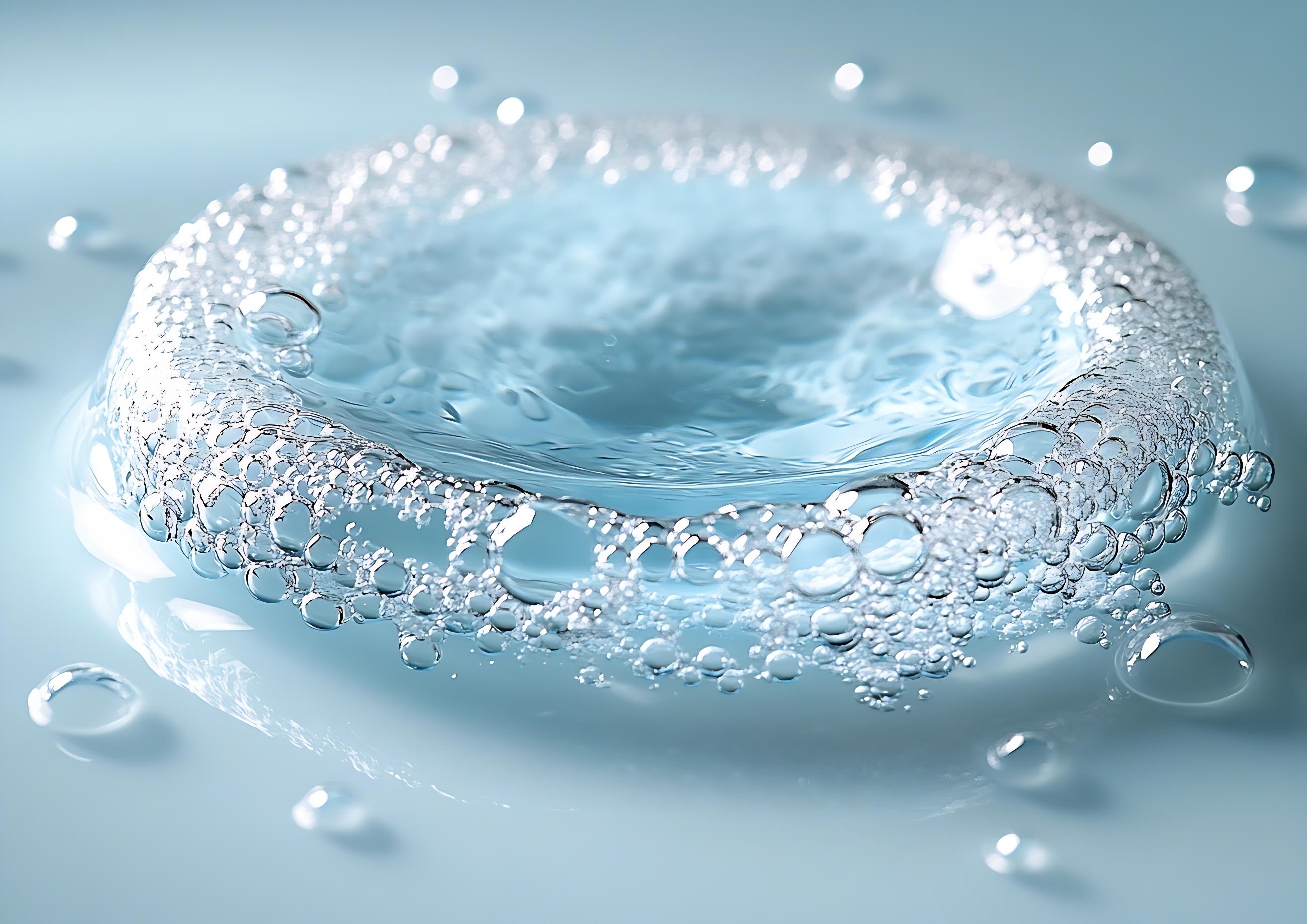Top 5 Defoamers--Anti-foam Compound
This article will briefly introduce the ingredients, characteristics, and applications of 5 common types of defoamers.
1. Silicone-based Defoamers:
Mainly composed of silicone oil and other auxiliary components, these defoamers have good foam-breaking and foam-suppressing effects. They are widely used in industries such as coatings, inks, emulsions, and more.
2. Polyether-based Defoamers:
Made by blending polyether with organosilicon or other ingredients, these defoamers are suitable for aqueous systems and are commonly used in industries such as pulp, textiles, detergents, and more.
3. Fatty Acid-based Defoamers:
Composed of natural or synthetic fatty acids mixed with other chemicals, these defoamers are commonly used in the food, pharmaceutical, and chemical industries.
4. Organosilicon Defoamers:
Typically made from organosilicon and other chemical components, these defoamers have strong foam-breaking properties and are often used in industries such as coatings, adhesives, and more.
5. Petroleum-based Defoamers:
Based on mineral oils, petroleum fractions, or synthetic oils, these defoamers are commonly used in industries such as oil extraction, chemical production, and other areas where foam needs to be eliminated.

1. Silicone-based Defoamers
Composition: Primarily composed of silicone oil (such as polydimethylsiloxane) and other additives (such as surfactants).
Characteristics:
• Silicone-based defoamers have low surface tension, which allows them to quickly break down foam structures and prevent foam regeneration.
• They are widely applicable, especially in aqueous systems, such as paints, inks, detergents, etc.
• These defoamers exhibit good high-temperature and acid-alkali resistance, and they remain stable during use.
Applications:
• Coatings: Used in the production of coatings to prevent foam from affecting the quality of the paint.
• Inks: Used in ink production to remove foam and ensure ink uniformity.
• Emulsions: Used in emulsions, glues, and other water-based products to reduce foam and improve product quality.
2. Polyether-based Defoamers
Composition: Composed of polyether combined with surfactants, silicones, and other chemical components.
Characteristics:
• Mainly used in aqueous systems, especially in water-based products.
• Polyether-based defoamers have good foam-breaking properties and can quickly suppress foam generation.
• They are highly compatible with water-soluble substances and do not interfere with the other properties of the materials.
Applications:
• Pulp and Paper: Used in papermaking to prevent foam from affecting the production process, especially during coating.
• Textile Industry: Used during dyeing, rinsing, and printing processes to eliminate excessive foam.
• Detergents: Added to detergent formulations to reduce foam formation and enhance cleaning effectiveness.
3. Fatty Acid-based Defoamers
Composition: Composed of natural or synthetic fatty acids and their esters or salts.
Characteristics:
• Fatty acid-based defoamers can effectively and quickly break down foam, making them ideal for oil-water emulsions.
• They are generally environmentally friendly and relatively safe, suitable for use in certain food and pharmaceutical industries.
• They work well in acidic or neutral systems but may be less effective in strongly alkaline environments.
Applications:
• Food Processing: Commonly used in beer, juice, beverages, and other industries to prevent fermentation foam.
• Pharmaceutical Industry: Used during pharmaceutical production to prevent foaming, especially in liquid medicines.
• Oilfield Extraction: Widely used in oilfield operations to remove foam.
4. Silicone Defoamers
Composition: Based on organic silicone and often combined with other chemical ingredients (such as surfactants).
Characteristics:
• Silicone defoamers have extremely low surface tension and excellent foam-suppression ability, making them suitable for a wide range of industrial environments.
• They are highly stable at both high temperatures and in chemical environments, making them effective under acidic and alkaline conditions.
• These defoamers are widely applicable but may cause slight greasiness in certain cases.
Applications:
• Coatings and Paints: Used in the production process to reduce foam, ensuring the quality of the coating.
• Adhesives: Prevent foam formation during adhesive production, ensuring better adhesion and bonding.
• Cosmetics: Used in some cosmetics and skincare products to ensure uniformity by eliminating foam.
5. Petroleum-based Defoamers
Composition: Based on mineral oils, petroleum distillates, or synthetic oils, often with added additives.
Characteristics:
• Petroleum-based defoamers generally have strong foam-suppressing properties, but they are not environmentally friendly, so they are generally not used in food or medical industries.
• They have good stability and are particularly effective in high-temperature or oil-based environments.
• In some applications, petroleum-based defoamers provide long-lasting foam control.
Applications:
• Oilfield Extraction: Commonly used in petroleum and natural gas extraction processes to eliminate foam.
• Chemical Production: Used in chemical manufacturing, especially in processes involving high temperatures and oily substances.
• Metalworking: Used in metal cutting fluids and coolants to control foam and prevent it from affecting machining accuracy.
Summary
These five types of defoamers have different compositions and characteristics, making them suitable for various industries and applications. When selecting a defoamer, it is essential to consider the specific operating environment, foam type, required performance, and environmental requirements to determine which type of defoamer to use.




